Demand Matching: a data-driven approach to ensuring your staff are in the right place at the right time.
Read MoreExperienced leaders know the turnaround time for hiring and orienting staff creates a greater vacancy burden than is typically seen on paper. When staff are unavailable to work, we rely on premium labor such as overtime or travelers to care for our patients, which can adversely impact our culture, outcomes, and hospital finances.
Hiring ahead is a strategy that allows us to quantify the true vacancy burden and hire the perfect number of FTEs and reduce avoidable premium pay.
Read MoreThe impact of unavailable staff can lead to overreliance on premium labor and overtime leading to unnecessary labor spend. The hire ahead strategy can help ensure you have the right staff available to provide quality patient care by factoring in historical turnover and recruitment efforts to determine the department’s hire target.
This article walks through the hire-ahead exercise and how you can begin completing this at your facility.
Productivity targets help hospitals balance resource requirements with financial goals by budgeting specific hours for the workload in each department. The process of setting productivity targets can present a challenge to both nursing and finance leaders as they work together to identify the ideal goal. By using zero based staffing models, industry leaders ensure that the right staff are in the right place at the right time.
Read MoreHospitals establish and manage to productivity targets to ensure that the right number of staff are available to care for patients. Balancing financial, clinical, and operational goals, thoughtful productivity targets ensure the department is not overstaffed or understaffed, supporting operations, quality care, and patient satisfaction with efficiency.
When hospital finance sets productivity budgets, it is very common for department leaders to ask questions like, “Why is this my target?”, “Where did this number come from?”, or “This can’t be right.” “Is this really how my peers are operating?”.
Read MoreTop performing hospital leaders are always searching for innovative ways to reduce the cost of healthcare without adversely impacting care and services provided. Labor spend constitutes over half of total hospital expenses and is widely considered the most controllable expense. Daily productivity management can help hospitals reduce expenses without having to furlough or lay off staff members. A successful strategy includes two primary components: increased performance visibility through daily reporting and managing improvement through department action plans to remedy missed targets.
Read MoreTop performing hospital leaders are always searching for innovative ways to reduce the cost of healthcare without adversely impacting care and services provided. Labor spend constitutes over half of total hospital expenses and is widely considered the most controllable expense, leading to employee furloughs and layoffs in the current environment. However, there are alternatives.
Read MoreHospitals across the country are faced with daily bed management challenges. With ED admissions typically peaking between 3:00pm to 7:00pm, PACU admissions between 12:00pm to 4:00pm, and inpatient discharges between 6:00pm to 8:00pm, it is easy to see why capacity challenges exist. Now, more than ever, capacity management requires thoughtful consideration to maximize appropriate utilization of beds, staff, and services. CCC team member, Susie Law shares key tactics for maximizing hospital capacity in this article.
Read MoreCapacity management has challenged hospital leaders for many years, as success, or lack thereof, significantly impacts financial strength, quality outcomes, reputation in the community, and satisfaction for patients, staff, and physicians. Now, more than ever, this core competency requires laser precision to maximize appropriate utilization of beds, staff, and services.
Read MoreThe financial aspects of healthcare operations are challenging in the best of times. However, the COVID-19 pandemic has highlighted financial opportunities that previously seemed insignificant in profitable facilities, service lines, and hospital departments. With revenues at an all-time low, leaders across the country are forced to make tough decisions that go beyond suspension of operations, including the discontinuation of services and even facility closure.
Read MoreRevenue degradation experienced due to the COVID-19 pandemic is impacting hospital finances across the country. Suspension of elective surgeries and procedures threatens the viability of many healthcare organizations. After decades of experience in the for-profit sector, our team has summarized some of the top impact expense management strategies. Continue reading for a high level view and check out our article for more details.
Read MoreRevenue degradation experienced due to the COVID-19 pandemic is impacting hospital finances across the country. Suspension of elective surgeries and procedures threatens the viability of many healthcare organizations. Even after suspensions are lifted, it is uncertain if patients will schedule elective surgeries and procedures due to their fear of contracting COVID-19. Healthcare organizations report that Emergency Department and physician visit volumes have also declined as people are complying with stay at home orders throughout the United States. High performing hospitals find themselves looking for opportunities to reduce expenses, even if temporarily, to avoid layoffs and keep doors open to serve their communities.
Read MoreExtended wait times, driven by throughput challenges, cause patients to leave the Emergency Room without being seen. Efficiency requires coordination among many departments and team members. Each department plays a vital role in ER throughput, contributing to patient experience. From lab and imaging results, to patient registration, to EVS room turnaround time, there are many components which impact department efficiency. Routine reviews of department metrics are necessary to identify throughput pain points that impact both patient and staff satisfaction.
Read MoreStaff Scheduling Impacts Patient Care. Here’s How to Ensure Your ER is Always Prepared to Care for the Patients in your Community.
Read MoreStaffing grids are planning tools that assign the appropriate amount of staff to care for the number of patients on the unit. Effective staffing grids support care guidelines and productivity by integrating with budget, hiring plans, and scheduling systems. Annual approval by the CFO and CNO is important, as the types of patients cared for on the unit can vary over time.
Read MoreThanks to technology, healthcare data is more accessible than ever. The Meaningful Use campaign, and the subsequent adoption of Electronic Health Records across the country contributed fields upon fields of new data to analyze.
Read MoreWhile we all agree that departmental productivity depends on having the appropriate number of staff deployed at the right place, at the right time, and at the right price, we also probably agree that it is easier said than done. Many healthcare leaders leverage float pools to address staffing needs, only to find new problems developing after their establishment.
Read MoreAcross the country, Emergency Departments are actively working to manage both revenue and cost by reducing patients who leave without being seen, managing labor spend, and improving core measure performance. Aligning staff with volume by hour of day is challenging, but necessary to address these critical issues.
Read MoreDenver Business Journal and BBVA have teamed up to find the next great idea. The five finalists of the Entrepreneurial Opportunity Contest will pitch their ideas to a panel of judges at the Cultivating Growth: Strategies to advance your business event on October 1. The winning pitch will receive $10,000 and a chance to compete in Phoenix for the ultimate grand prize of $50,000.
Read MoreCara Cook Consulting is a finalist for the Entrepreneurial Opportunity Contest in partnership with BBVA.
Read More



















